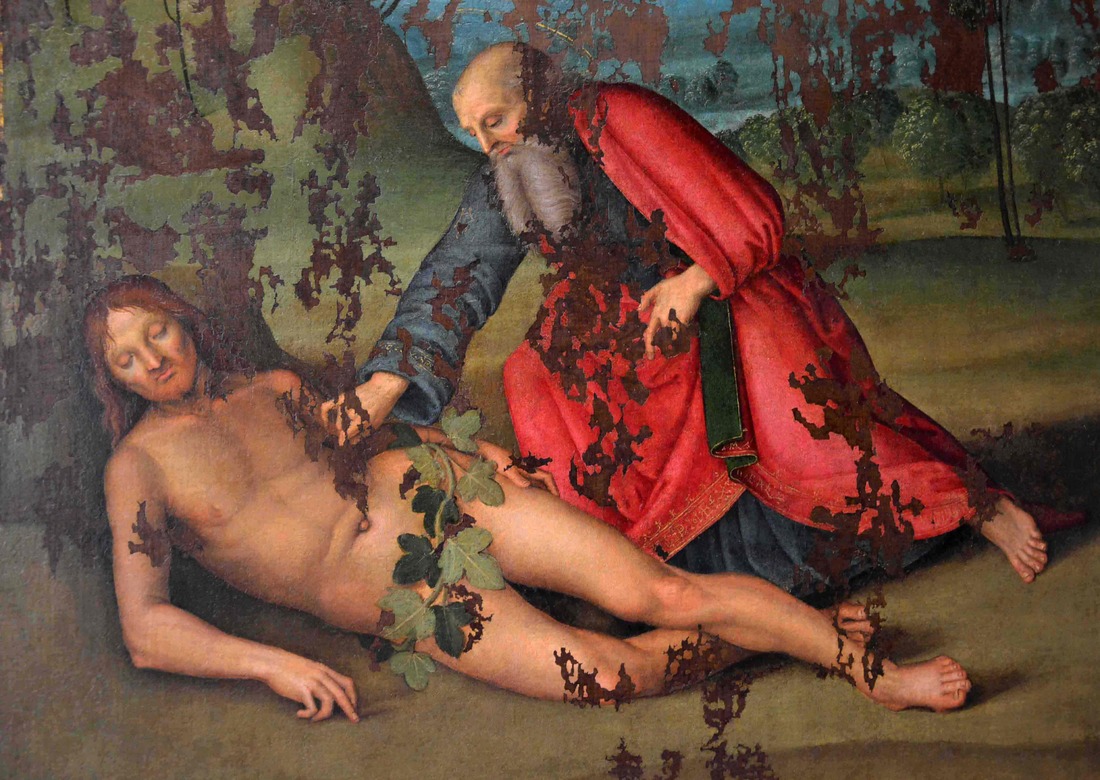By Our Editorial Staff
On the occasion of the major exhibition “Raphael sublime poetry”, from 23 March to 28 June 2026 – the Museum will also support the completion of the restoration of the work by the ICR.
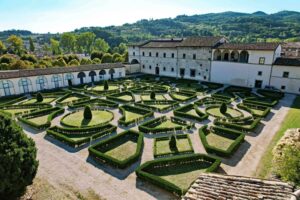
Raphael’s Processional Standard of the Holy Trinity, kept in the Municipal Art Gallery of Città di Castello will be exhibited at the Met, Metropolitan Museum of Art in New York, on the occasion of the exhibition “Raphael sublime poetry”, curated by Carmen Bambach, scheduled from March 23 to June 28, 2026, a complete itinerary on Raphael’s work with over 200 works from museums of international profile such as the Vatican Museums, Vatican Apostolic Library, Uffizi, Louvre, Prado, British Museum and National Gallery, to name the most illustrious institutions. At the Met it will be possible to see the Standard, for the first time after the completion of the aesthetic restoration, by the Central Institute of Restoration, supported by the New York museum itself as a fee for the loan.
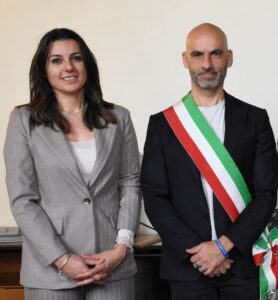
Raphael’s Processional Standard, painted oil on canvas (166×94 cm on each side), with a seventeenth-century frame, datable to about 1499 and preserved in the Sala della Contemplazione of the Municipal Art Gallery of Città di Castello, is one of the very first works attributed to the artist, the only painting by Raphael remaining in Città di Castello and the only mobile work by Raphael in Umbria. Owned by the municipality of Città di Castello, with an estimated value of 6 million euros, it is considered – and studied as such – a work of exceptional cultural value, both because it attests to the very first works of Raphael magister and for the artistic level, which presents characteristics typical of the artist’s mature era.
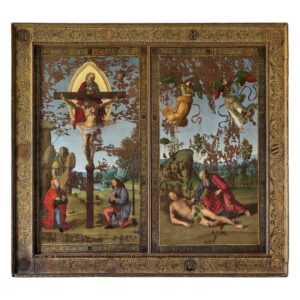
“It all started about a year ago when the president of the Met York Max Hollein and the director of the museum Marina Kellen French, presented the request for the loan of the Standard to the Municipality of Città di Castello” said the mayor Luca Secondi and the councillor for Culture Michela Botteghi, “from that moment a complex procedure of the Culture Service both preliminary and authorization began, in concert with the Superintendence of Archaeology, Cultural Heritage and Landscape of Umbria, which reconstructed the recent conservation history of the Standard, the subject of a restoration intervention, initiated by the Central Institute of Restoration in Rome, as part of the exhibition of the Cinquecentenary Young Raphael in Città di Castello and his gaze, which took place in the Municipal Art Gallery from October 2021 to January 2022, and not completed due to the timing of the exhibition event, strongly affected by the Covid-19 health emergency. The Municipality has asked the ICR for a project to complete the intervention, which will focus on the aesthetic criticalities of the painting, due to the presence of gaps that cannot be reintegrated that constitute a serious perceptual disturbance, coming to the fore to the detriment of the overall image. The authorization for the loan by Service IV of the Ministry of Culture, responsible for the circulation of the works, has made it possible to move on to the operational phase of the restoration, the results of which will be published, will be preceded by a phase of research and diagnostics with cutting-edge instruments and the advice of specialized laboratories in Naples and Rome. Although the conditions of the Standard are considered non-critical, even the methods of handling the work, which in the coming days will be transferred to the ICR headquarters, have been developed with the use of technologies and supports capable of guaranteeing maximum safety and protection, both in the transfer to Rome and, at the end of the restoration, in America”.
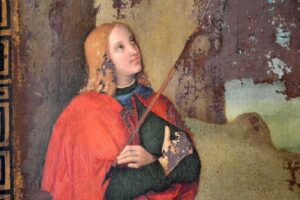
“The sense of the operation is evident” – added the mayor and councillor – “as recognised in the motivation of Service IV, the MET exhibition on Raphael, with an international profile, will promote knowledge of the Standard, on a qualified and wide audience, with the positive repercussions that this exhibition determines, in terms of audience and reputation, for the museum and the territory that houses it; it will also allow the Authority to enhance a work of enormous cultural and identity value for the city, thanks to the granting of a loan fee by the MET, equal to 30,000.00, which will be used to cover the out-of-pocket costs of restoration.
Raphael’s Processional Banner of the Holy Trinity
Raphael (Urbino, 1483 – Rome, 1520)
Banner of the Holy Trinity with two faces
Trinity between Saints Sebastian and Rocco
Creation of Eve and two angels
(1499-1501), oil on canvas, Città di Castello, Pinacoteca Comunale
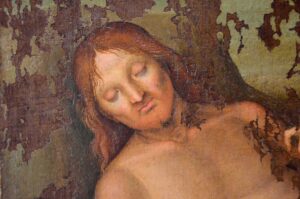
The Processional Banner of the Holy Trinity, painted oil on canvas (166×94 cm on each side), with a seventeenth-century frame, datable to about 1499 and preserved in the Hall of Contemplation of the Municipal Art Gallery of Città di Castello, is one of the very first works attributed to the artist, the only painting by Raphael remaining in Città di Castello and the only mobile work by Raphael in Umbria.
Owned by the Municipality, with an estimated value of 6 million euros, it is considered – and studied as such – a work of exceptional cultural value, both because it awaited the very first trials of Raphael magister and for the artistic level, which presents characteristics of the artist’s mature era. Among Raphael’s paintings for Città di Castello it is the only one not to be mentioned in sources or documents. Mentioned for the first time in 1627 by Father Angelo Conti, it preserves traces of its use as a banner on its surface, so much so that as early as 1628 the brothers decided not to carry it in procession anymore in order to better preserve it.
The banner, painted on two thin canvases then placed side by side, depicts the Trinity with Saints Rocco and Sebastian on the left and the Creation of Eve from Adam’s rib on the right. Its construction dates back to between 1499 and 1501 and is probably linked to the plague epidemic that struck the city in 1497; hence the depiction of the two saints Rocco and Sebastiano. Restored for the exhibition by the Central Institute for Restoration (ICR) in Rome, it represents an extraordinary document of Raphael’s language still divided between the memories of the culture of Urbino (bright contrast of colours) and the new language of Perugino and Florentine culture (softness of the modelling of Adam’s face).
